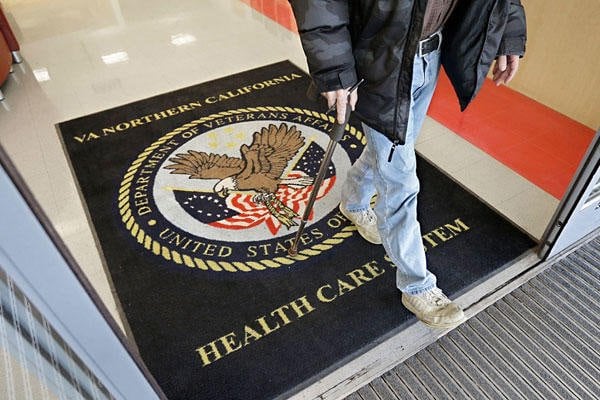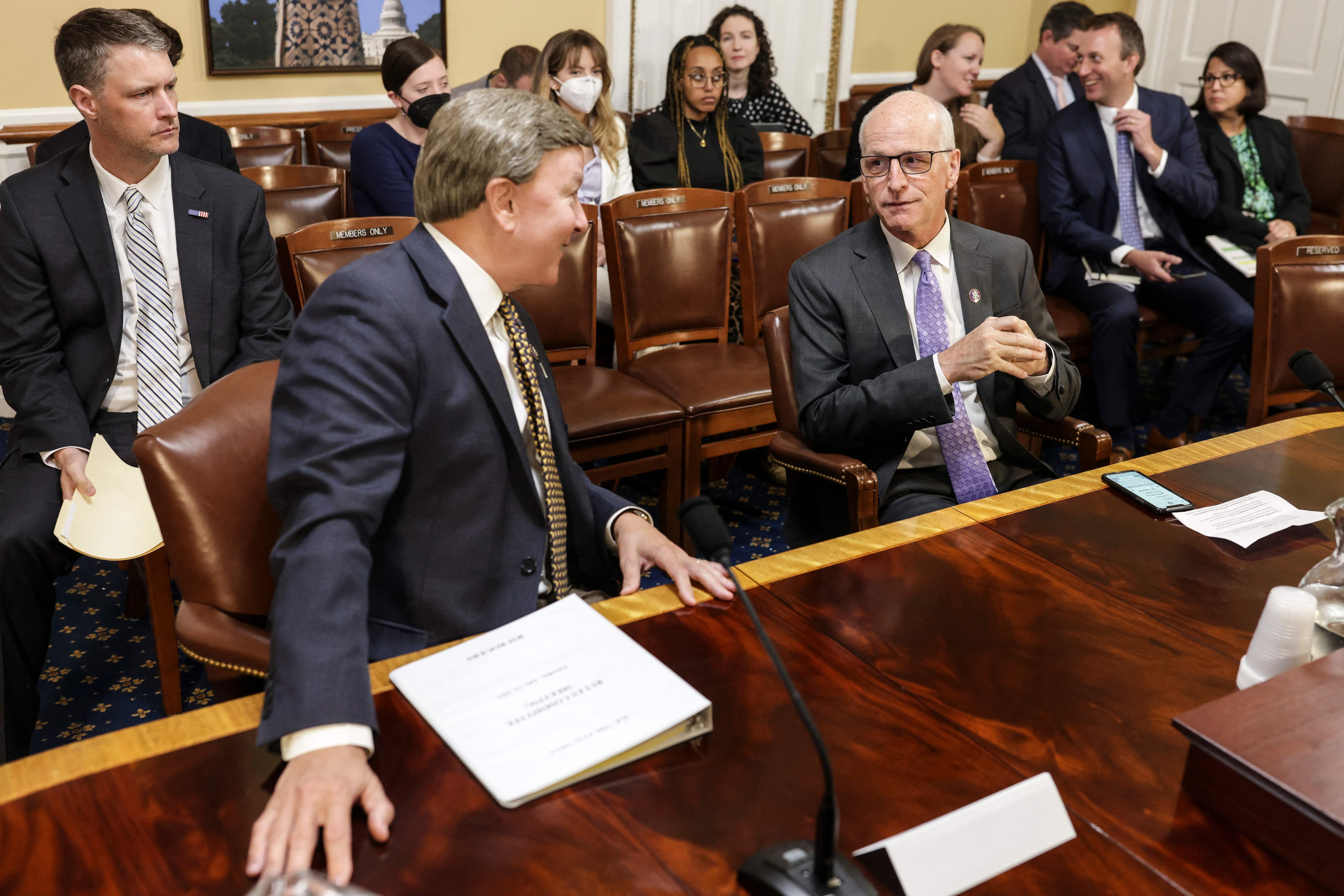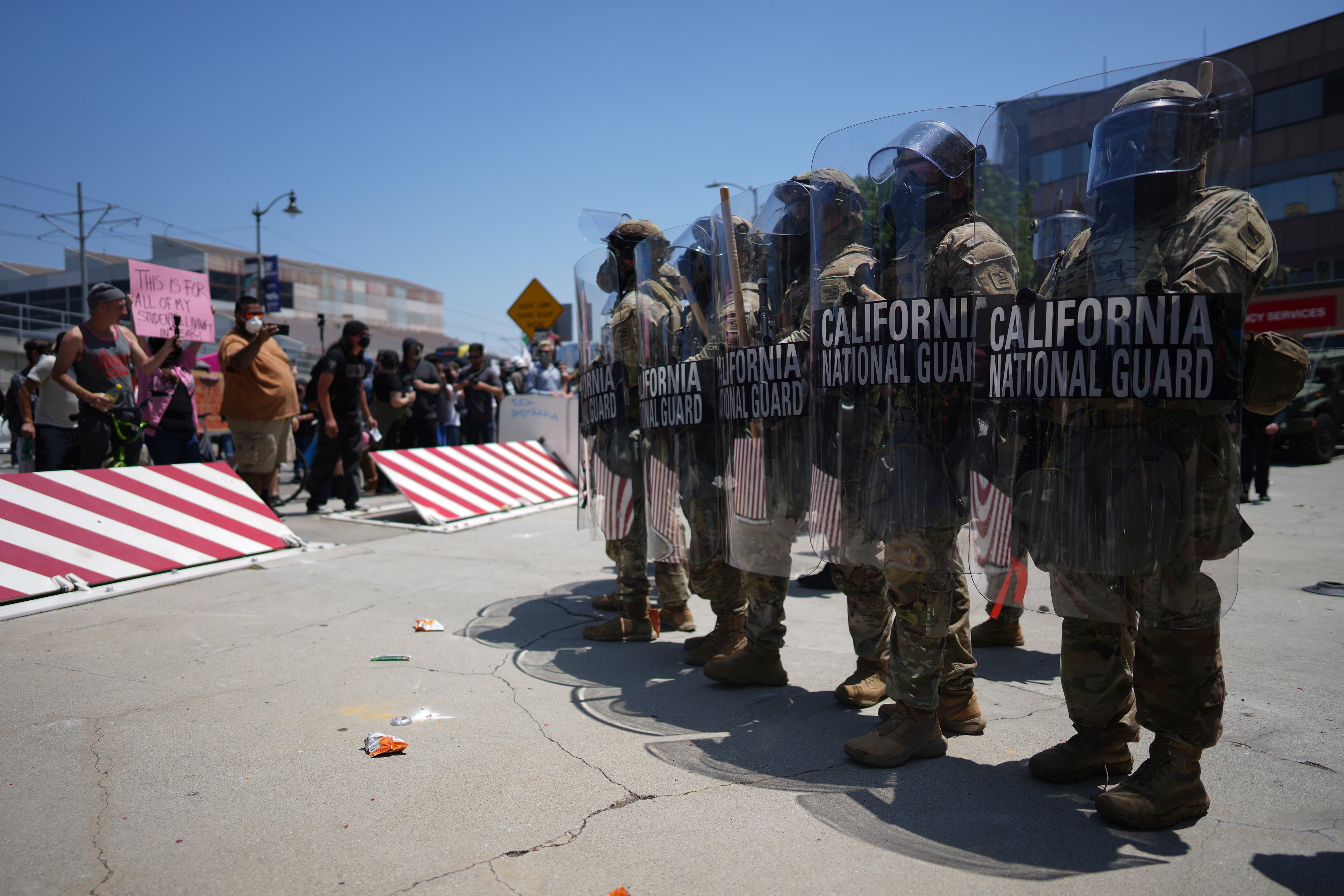In a black and white 1954 photo, sailors mug during a beard contest while underway from Haiphong to Saigon, part of an American-led effort to evacuate refugees from North to South Vietnam.
Much of the Navy’s history has been hairy, but the days when kids could tug on a sailor’s flowing beard are long gone. And despite an ongoing online campaign in recent years to bring beards back, earlier this month officials signaled that they don’t intend to ease male grooming standards.
Effective Oct. 8, the Navy scrapped permanent no-shave chits, waivers that allowed some sailors who suffer from Pseudofolliculitis Barbae — a common condition often called “razor bumps” — to grow out their scruff throughout a career.
“Impact is an improvement in readiness of the force and improvement in safety of the sailor," Rear Adm. Jeff Jablon— director of the military personnel, plans and policy division within the Office of the Chief of Naval Operations — said in an interview before the guidance hit the fleet.
"So we are ensuring that all our sailors will remain safe in the operational, maintenance and training environment that they’re under.”

Personnel with the permanent no-shave chits have six months to receive a medical reevaluation, which likely will trigger a new treatment regimen, according to the updated Bureau of Naval Personnel instruction that replaces guidance released in 2004.
The new rules don’t immediately apply to sailors on deployment or assigned to a region where no evaluation or treatment is possible. And it includes provisions for other conditions that can crimp a comfortable shave, including acne and scarring.
Officials say the whisker-whipping strategy stems from a pair of Naval Safety Center reviews conducted in 2016 and 2018 that explored the respiratory protection regulations set by the sea service and other federal agencies.
The analysis found that beard growth, including just a few days of stubble, might obstruct a face mask’s seal.
In the second review, dated Oct. 22, 2018, Navy officials contacted the major manufacturers of respirators, each of which “stated they have not changed their policy on respirator usage in that all positive/negative pressure respirators require clean, smooth faces in order to have a seal.”
But Naval Safety Center records show only one event 26 years ago in which a beard played a role in a mishap.
In that “Class C” incident — which today means an accident incurring damages of more than $50,000 but less than $500,000 and/ or a nonfatal injury causing more than one day’s absence from work — a civilian employee tried to douse smoldering insulation at Puget Sound Naval Shipyard in Bremerton, Washington, and was overcome by smoke.
“The employee had a full beard and could not wear tight-fitting respiratory protective equipment, and air-supplied hoods were not available,” Jeff Jones, deputy director of safety promotions, said in an email to Navy Times.
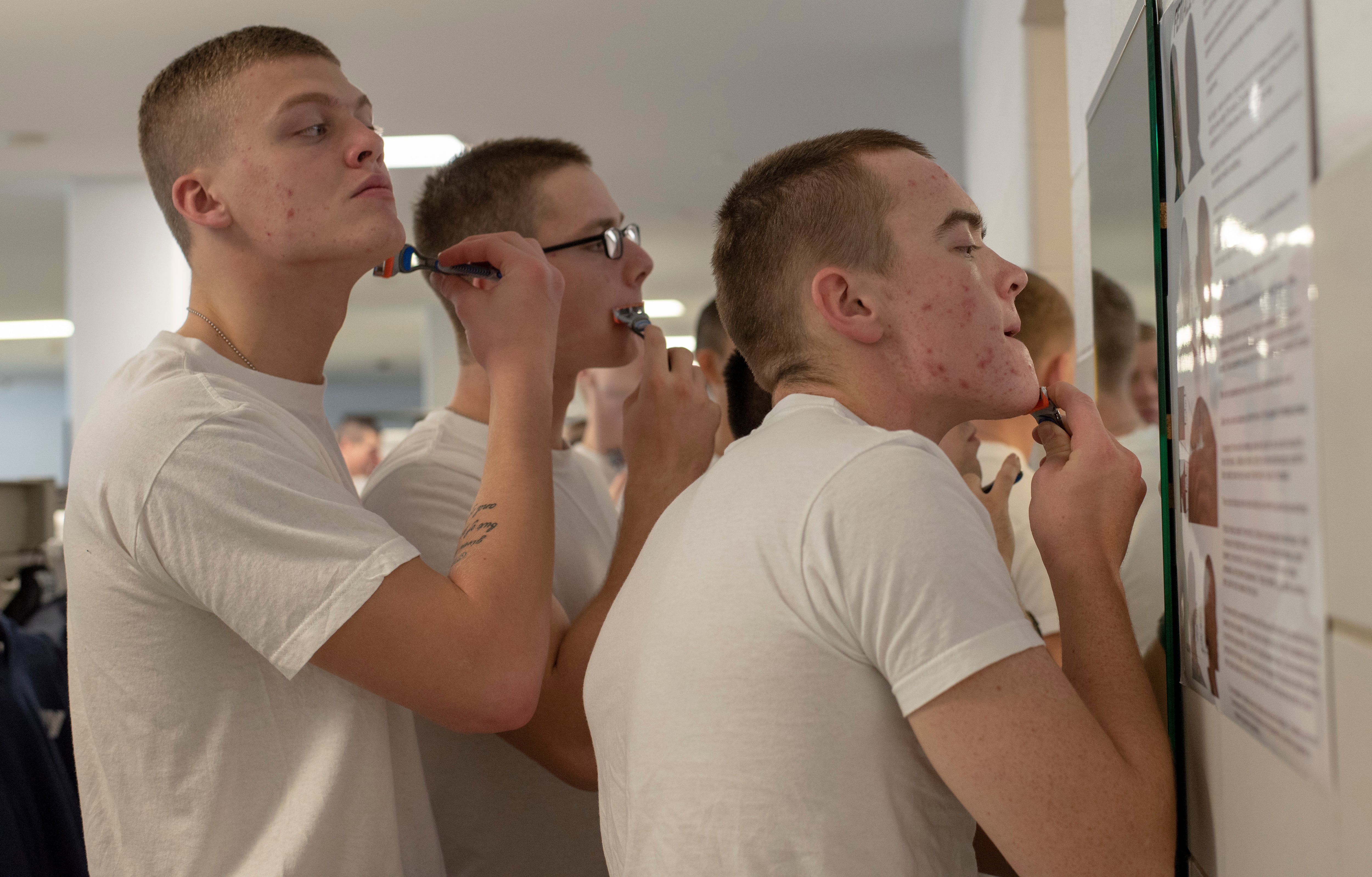
To make sure no sailor faces the same fate, they’re now limited to temporary no-shave chits that last for up to 60 days while they undergo treatment, according to Cmdr. Thomas K. Barlow, a dermatologist at Naval Medical Center San Diego.
During that time, commanders will let the sailors grow their beards to 1/4 inch — the length allowed under the previous instruction — as part of a treatment plan that might include different shaving techniques and applying medical creams to the affected area.
Razor bumps occur frequently among men who have curly hair that grows back into the skin.
They can affect three out of every five African-American men and lead to scarring, according to the American Osteopathic College of Dermatology.
About 6,000 sailors are seen annually for the condition, Barlow estimated, but officials were unable to tell Navy Times how many sailors have received permanent no-shave chits.
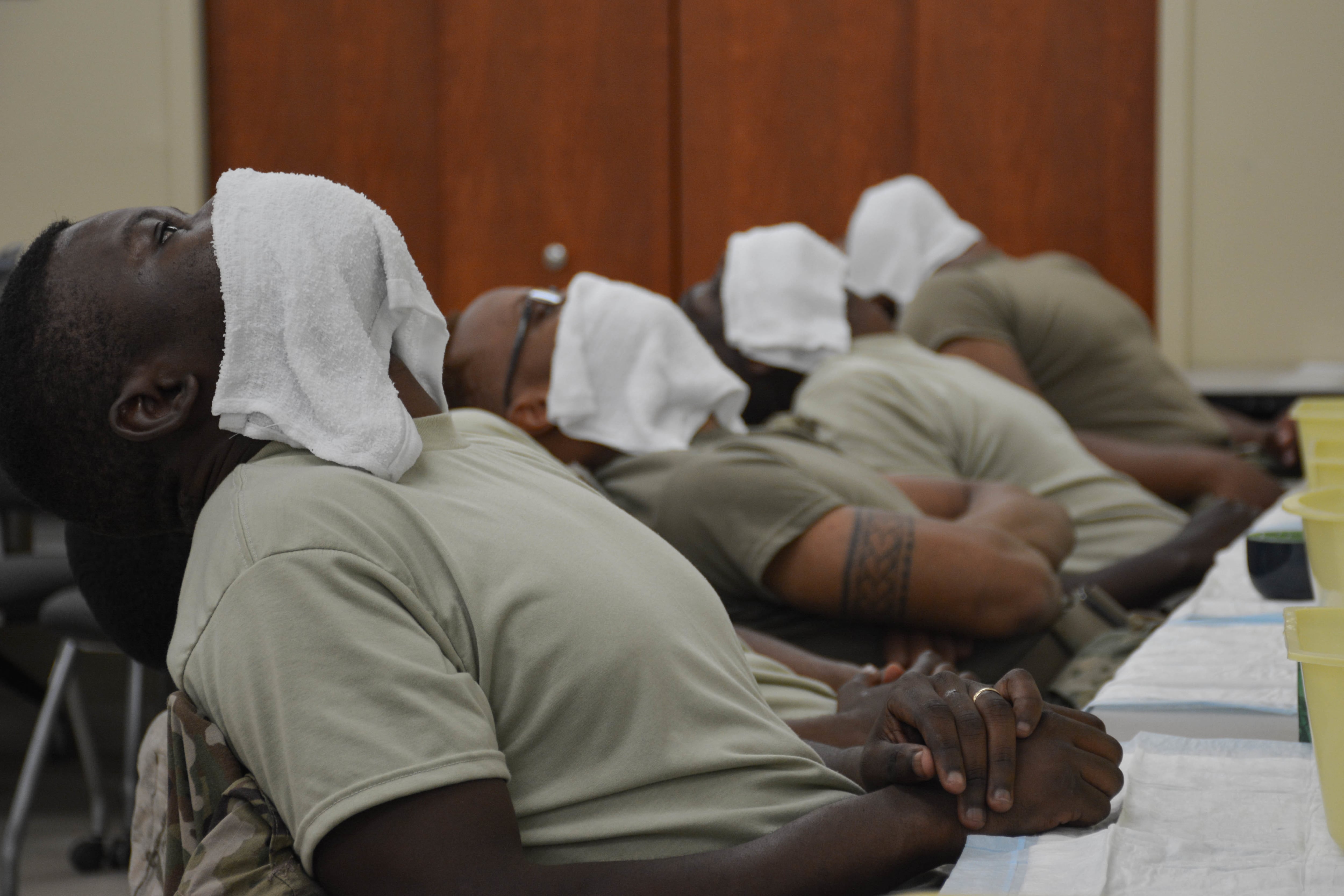
Barlow doesn’t expect sailors will need more than three temporary chits before settling on a cure, partly because the new instruction offers expanded treatment options.
The guidance issued 15 years ago relied on one prescribed cream to cure razor bumps. The new directive offers three, and each costs about $30 per month and might last longer, Barlow said.
It also lets sailors try over-the-counter products like hair removal creams.
“Many sailors find good relief with these products,” Barlow said in a follow-up email. “We also continue to seek additional therapies that allow (sailors) to comply with this policy.”
The most difficult cases might require laser hair reduction, a treatment that officials say is the most effective remedy for razor bumps, but Jablon insisted lasers would be “the last resort.”
That treatment option previously existed only at base clinics, but tweaks to Tricare now make it available by network referral when a military dermatologist isn’t available, Barlow said.
Hair starts to regrow about two months after laser treatments, usually coming back thinner and less curly, Barlow continued.
Repeated treatments over time might thin beards permanently, but he insisted the Navy’s intent is to move sailors into a “therapeutic window” where they can comfortably shave, adding, “we don’t intend to make anybody’s chin bald.”
“We’re doing everything we can to make these treatment options available with the intent of supporting our sailors so that everybody will be able to shave, will be able to safely wear mask protection and will be able to do so comfortably,” Barlow said.
Commanding officers will retain the power to order someone with a temporary chit to shave if a beard places his safety at risk, or to reassign him if necessary while he’s being treated, Jablon added.
Sailors who refuse to comply with treatment for razor bumps can face administrative discipline, including discharge. But it remains unclear if any sailors were booted for failing to stick with treatments to alleviate razor bumps under the 2004 guidelines.
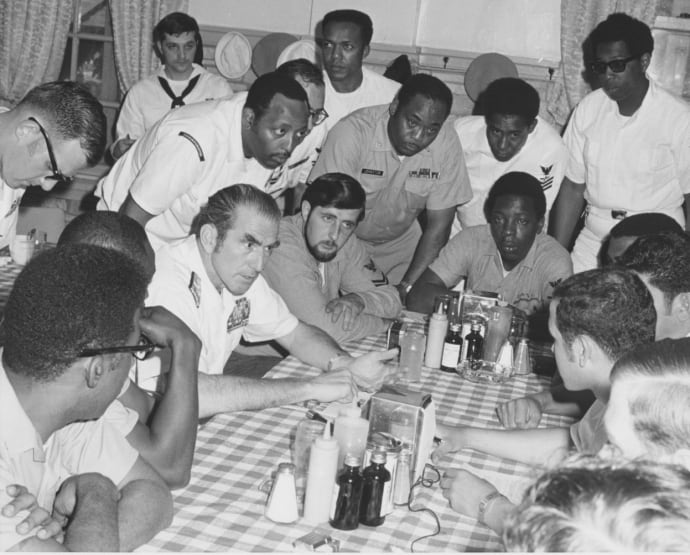
Beards have been a bristly issue inside the Navy for decades.
On Nov. 10, 1970, Chief of Naval Operations Adm. Elmo “Bud” Zumwalt fired off his all-caps Z-Gram 57: "I WILL NOT COUNTENANCE THE RIGHTS OR PRIVILEGES OF ANY OFFICERS OR ENLISTED MEN BEING ABROGATED IN ANY WAY BECAUSE THEY CHOOSE TO GROW SIDEBURNS OR NEATLY TRIMMED BEARDS OR MOUSTACHES OR BECAUSE PREFERENCES IN NEAT CLOTHING STYLES ARE AT VARIANCE WITH THE TASTE OF THEIR SENIORS.”
A side effect of Zumwalt’s policy was the eradication of virtually all Pseudofolliculitis Barbae cases in the Navy, according to a 1974 study published in the Journal of the National Medical Association. The authors urged the other services to adopt the Navy’s policy.
Instead, the CNOs who followed the side-burned Zumwalt began trimming back his Z-gram.
In 1984, the sea service published uniform regulations that outlawed beards for “persons in high visibility positions of leadership” such as commanding officers, executive officers and command master chiefs.
On Jan. 1, 1985, Adm. James D. Watkins banned beards for all sailors, with exceptions only for health reasons when authorized by a commander following the advice of a medical officer.
That pleased the fifth Master Chief Petty Officer of the Navy, Billy C. Sanders, who held the service’s highest enlisted post from Oct. 1, 1982 - Oct. 4, 1985.
“Each time that I would come back from a trip, I would report to the CNO that there were a lot of senior people out there who thought beards should be terminated," Sanders later told the Naval History Center. "Adm. Watkins finally made that decision. He didn’t make it lightly. He studied it for some time, calling in all of his flags with warfare departments to get their opinion.
"When he made the decision, it caused some upheaval but it was short lived. It didn’t cause as much turmoil as we thought it would. We went into it gradually with just the high visibility positions. Then the decision was made to apply the policy throughout the Navy.”
More than three decades later, calls grew louder within the fleet for a truce in the Navy’s war on whiskers.
When the Navy authorized expanded hairstyles for women in uniform in 2018, their male counterparts took to social media with the hashtag #WeWantBeards.
RELATED
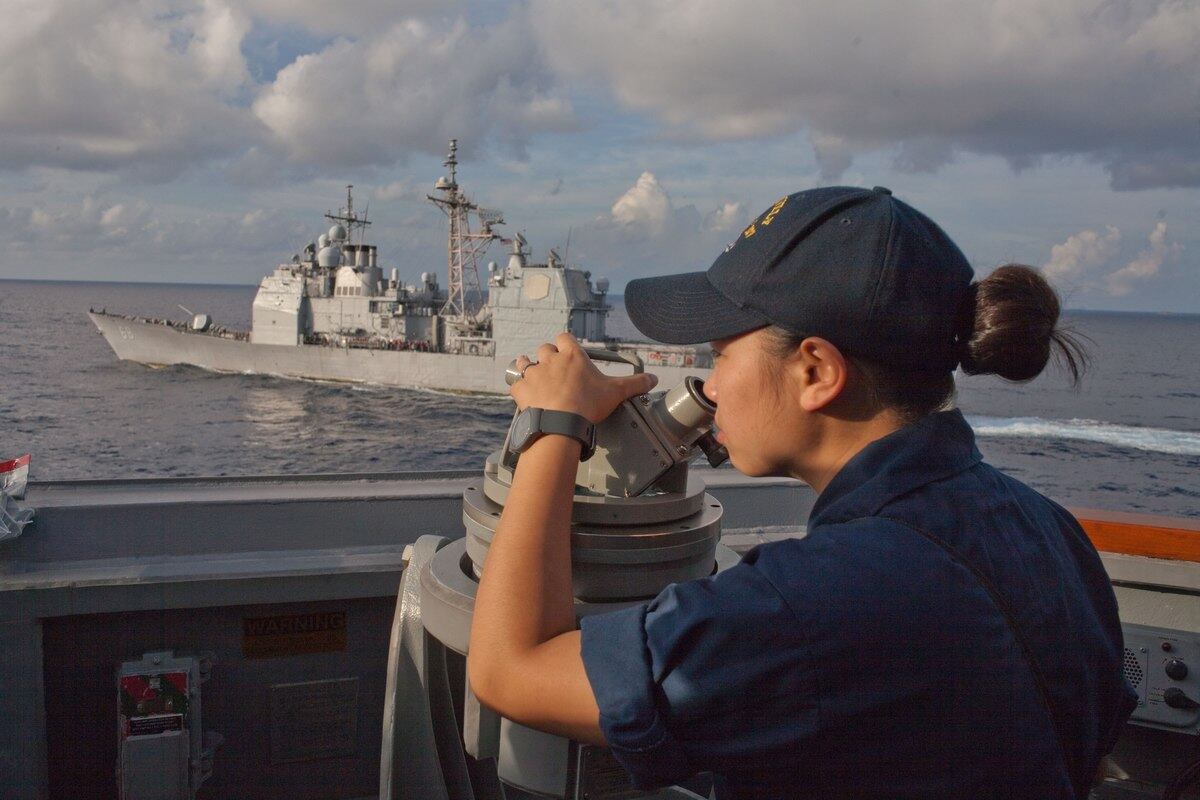
The sailors’ anti-shaving crusade also came amid liberalized beard policies issued by the Army and Air Force to accommodate the religious beliefs of their service members, including observant Sikhs and Norse Pagan personnel.
The Navy allows some religious exemptions for beards on a case-by-case basis. But a key factor considered by commanders is whether the scruff will “pose a health or safety hazard" or interfere with the proper wear of respiratory equipment.
SEALs overseas also can grow facial fuzz to blend in with local populations — although a new “back to basics” directive issued by Naval Special Warfare in the wake of a series of scandals mandates regulation haircuts and shaved mugs in garrison.
Some sailors might wistfully gaze across the pond to peers in the Royal Navy, which allows “neatly trimmed” beards based on operational requirements.
But America’s sea service appears unlikely to ever adopt British grooming standards.
“In addition to safety and readiness, maintenance of uniform and grooming standards contributes to good order and discipline across our 330,000-person, world-wide deployable force,” Lt. Cmdr. Adam Cole, deputy spokesman for the Chief of Naval Personnel said in an email to Navy Times.
The Navy’s policy on mustaches remains untouched.
“The mustache has no interference with the seal of that face mask,” Jablon said. “That’s why a mustache is fine.”
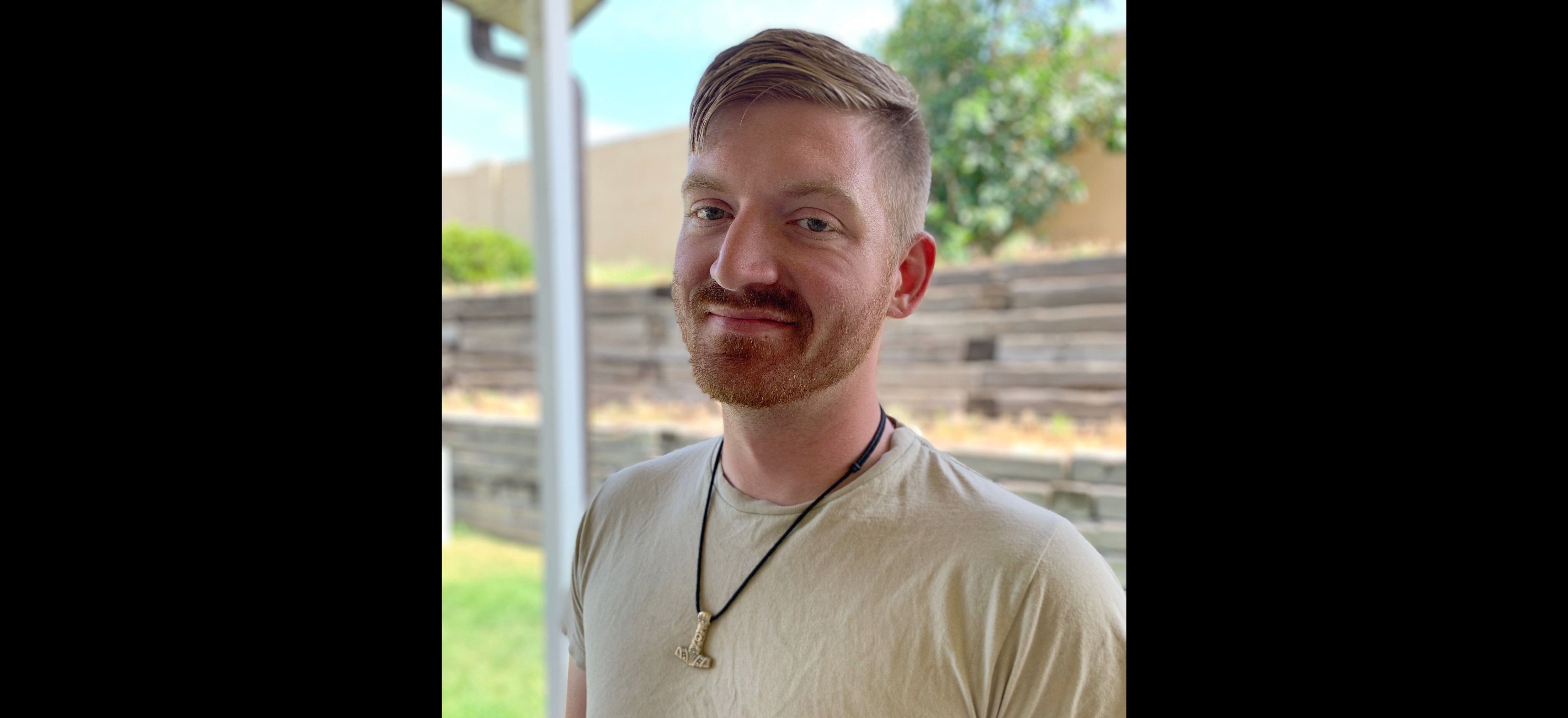
Courtney Mabeus-Brown is the senior reporter at Air Force Times. She is an award-winning journalist who previously covered the military for Navy Times and The Virginian-Pilot in Norfolk, Va., where she first set foot on an aircraft carrier. Her work has also appeared in The New York Times, The Washington Post, Foreign Policy and more.


